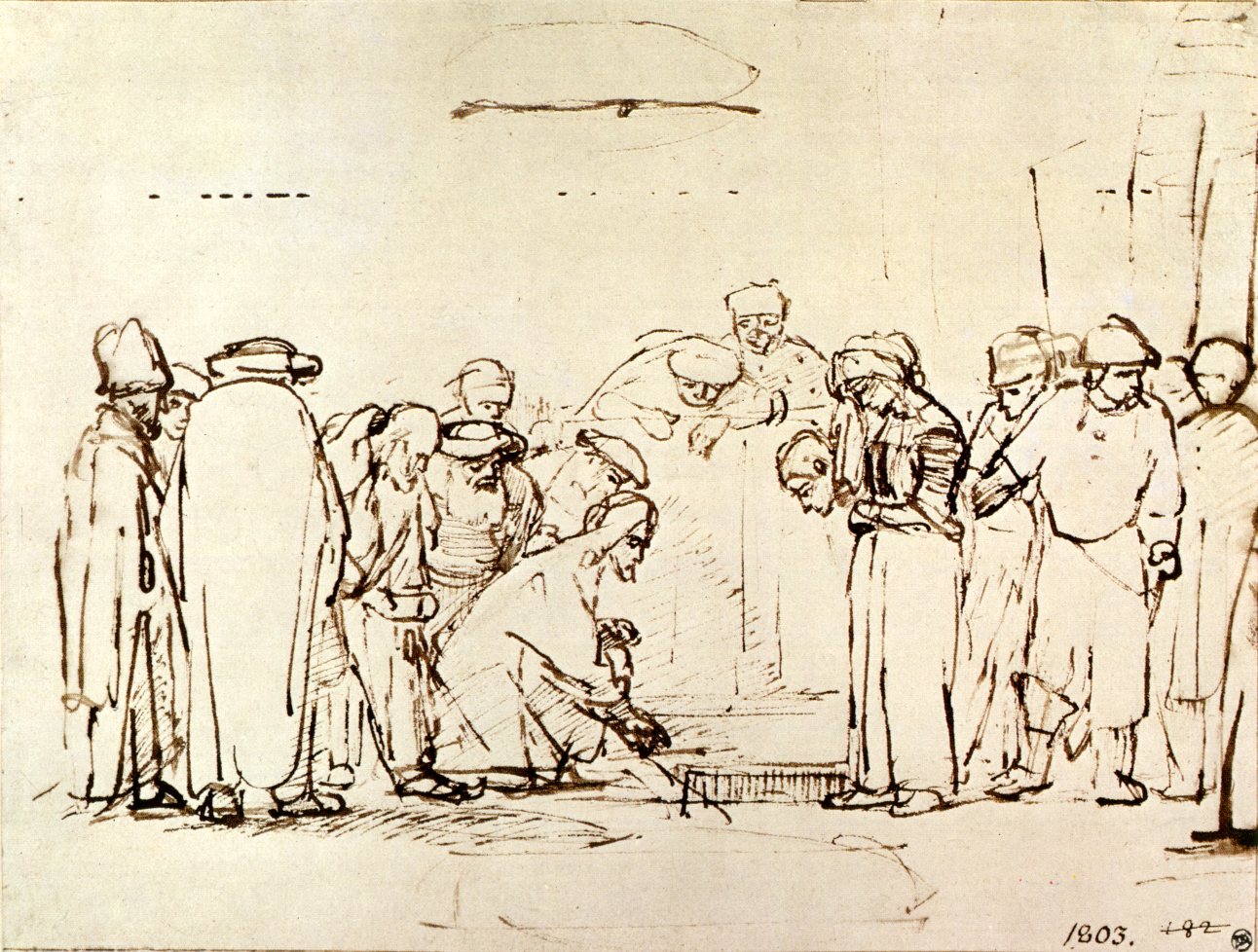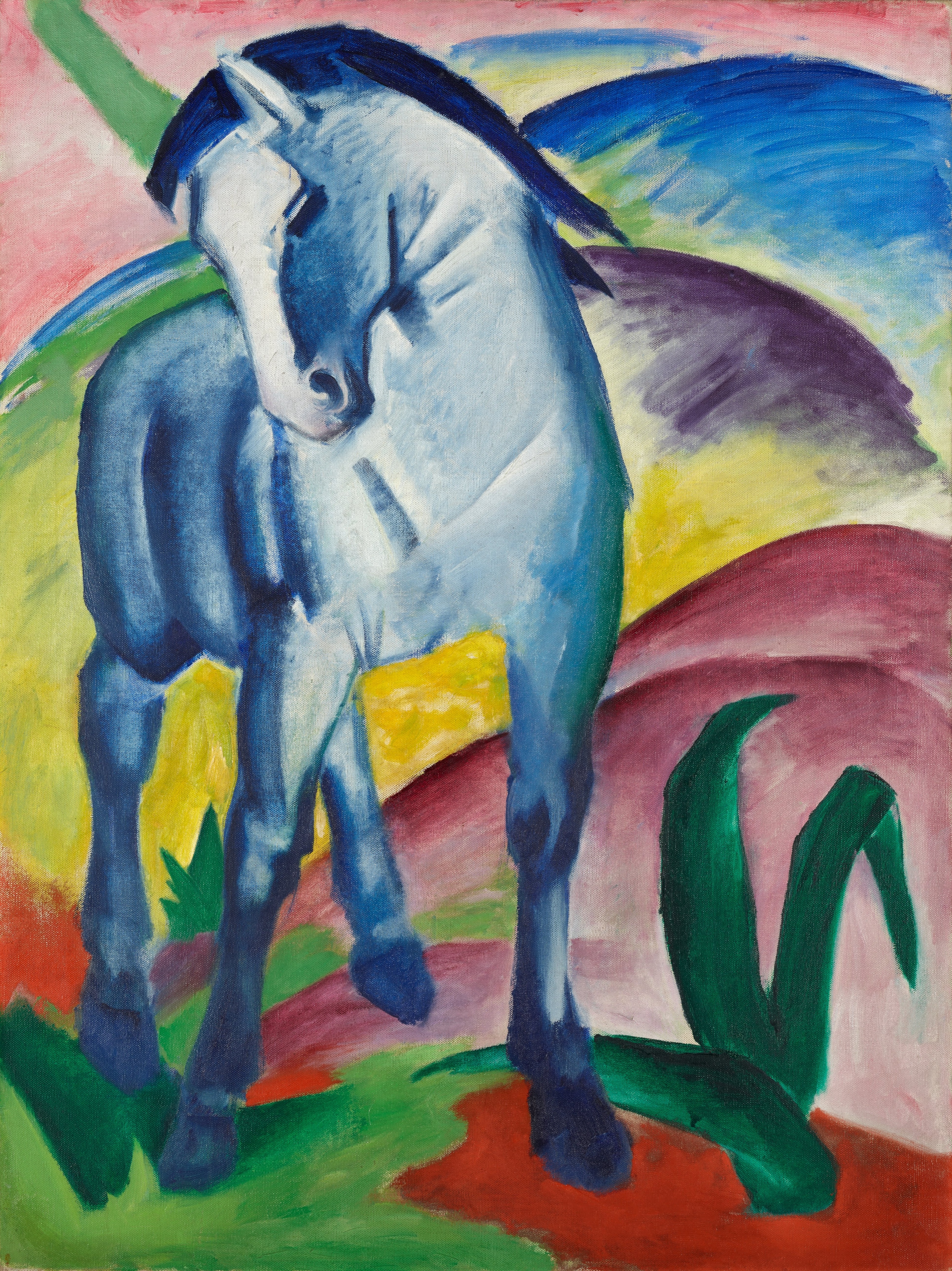|
Horse Museum (Dr. Seuss)
''Horse Museum'' is a Dr. Seuss book released by Random House Children's Books on September 3, 2019. It is based on an unfinished manuscript by Theodor Seuss Geisel completed by Australian illustrator Andrew Joyner. 250,000 copies were released of the first printing. It is the seventh and currently last Dr. Seuss book released posthumously, following '' Daisy-Head Mayzie'' (1995), ''My Many Colored Days'' (1996), ''Hooray for Diffendoofer Day!'' (1998), ''The Bippolo Seed and Other Lost Stories'' (2011), ''Horton and the Kwuggerbug and More Lost Stories'' (2014), and ''What Pet Should I Get?'' (2015). Background Following the 1991 death of Geisel, his wife Audrey Geisel and assistant Claudia Prescott cleared his office, donating the bulk of his unpublished works to the University of California, San Diego and archiving a few others in a box. In October 2013, they examined the manuscripts and sketches contained in the box, finding a folder marked "Noble Failures" of uncatego ... [...More Info...] [...Related Items...] OR: [Wikipedia] [Google] [Baidu] |
Children's Literature
Children's literature or juvenile literature includes stories, books, magazines, and poems that are created for children. Modern children's literature is classified in two different ways: genre or the intended age of the reader. Children's literature can be traced to traditional stories like fairy tales, that have only been identified as children's literature in the eighteenth century, and songs, part of a wider oral tradition, that adults shared with children before publishing existed. The development of early children's literature, before printing was invented, is difficult to trace. Even after printing became widespread, many classic "children's" tales were originally created for adults and later adapted for a younger audience. Since the fifteenth century much literature has been aimed specifically at children, often with a moral or religious message. Children's literature has been shaped by religious sources, like Puritan traditions, or by more philosophical and scienti ... [...More Info...] [...Related Items...] OR: [Wikipedia] [Google] [Baidu] |
Sketch (drawing)
A sketch (ultimately from Greek σχέδιος – ''schedios'', "done extempore") is a rapidly executed freehand drawing that is not usually intended as a finished work.Diana Davies (editor), ''Harrap's Illustrated Dictionary of Art and Artists'', Harrap Books Limited, (1990) A sketch may serve a number of purposes: it might record something that the artist sees, it might record or develop an idea for later use or it might be used as a quick way of graphically demonstrating an image, idea or principle. Sketching is the most inexpensive art medium. Sketches can be made in any drawing medium. The term is most often applied to graphic work executed in a dry medium such as silverpoint, graphite, pencil, charcoal or pastel. It may also apply to drawings executed in pen and ink, digital input such as a digital pen, ballpoint pen, marker pen, water colour and oil paint. The latter two are generally referred to as ... [...More Info...] [...Related Items...] OR: [Wikipedia] [Google] [Baidu] |
Colophon (publishing)
In publishing, a colophon () is a brief statement containing information about the publication of a book such as an "imprint" (the place of publication, the publisher, and the date of publication). A colophon may include the device (logo) of a printer or publisher. Colophons are traditionally printed at the ends of books (see History below for the origin of the word), but sometimes the same information appears elsewhere (when it may still be referred to as colophon) and many modern (post-1800) books bear this information on the title page or on the verso of the title-leaf, which is sometimes called a "biblio-page" or (when bearing copyright data) the " copyright-page". History The term ''colophon'' derives from the Late Latin ''colophōn'', from the Greek κολοφών (meaning "summit" or "finishing touch"). The term colophon was used in 1729 as the bibliographic explication at the end of the book by the English printer Samuel Palmer in his ''The General History of Printing, f ... [...More Info...] [...Related Items...] OR: [Wikipedia] [Google] [Baidu] |
The Cat In The Hat
''The Cat in the Hat'' is a 1957 children's book written and illustrated by the American author Theodor Geisel, using the pen name Dr. Seuss. The story centers on a tall anthropomorphic cat who wears a red and white-striped top hat and a red bow tie. The Cat shows up at the house of Sally and her brother one rainy day when their mother is away. Despite the repeated objections of the children's fish, the Cat shows the children a few of his tricks in an attempt to entertain them. In the process, he and his companions, Thing One and Thing Two, wreck the house. As the children and the fish become more alarmed, the Cat produces a machine that he uses to clean everything up and disappears just before the children's mother comes home. Geisel created the book in response to a debate in the United States about literacy in early childhood and the ineffectiveness of traditional primers such as those featuring Dick and Jane. Geisel was asked to write a more entertaining primer by William Sp ... [...More Info...] [...Related Items...] OR: [Wikipedia] [Google] [Baidu] |
Horton The Elephant
Horton the Elephant is a fictional character from the 1940 book ''Horton Hatches the Egg'' and 1954 book ''Horton Hears a Who!'', both by Dr. Seuss. In both books and subsequent media, Horton is characterized as a kind, sweet-natured and naïve elephant who manages to overcome hardships. In 1942, Warner Bros. made the animated short film, ''Horton Hatches the Egg'', in which Horton is voiced by Kent Rogers. In 1970, MGM Animation/Visual Arts made a 30-minute TV special of ''Horton Hears a Who!''. Horton is voiced by Hans Conried, who also lends his voice as the narrator. Horton is voiced by Jim Carrey in the 2008 computer-animated adaptation of ''Horton Hears A Who!'', where he is shown as being eccentric and imaginative, and sort of absent-minded. Horton is also a character in the TV series ''The Wubbulous World of Dr. Seuss''. John Kennedy voiced the character in “Horton Hatches the Egg”. Horton is also a principal character in ''Seussical'' (2000), which uses most of t ... [...More Info...] [...Related Items...] OR: [Wikipedia] [Google] [Baidu] |
Grinch
The Grinch is a fictional character created by Dr. Seuss. He is best known as the main character of the 1957 children's book ''How the Grinch Stole Christmas!'' He has been portrayed and voiced by many different actors, including Boris Karloff, Hans Conried, Bob Holt, Anthony Asbury, Jim Carrey, Rik Mayall, Benedict Cumberbatch, Matthew Morrison and David Howard Thornton. Character description The Grinch is depicted as a green, pot-bellied, furry, pear-shaped, snub-nosed creature with a cat-like face and cynical personality. In full-color adaptations, he is typically colored yellow green. He has spent the past 53 years living in seclusion on a cliff, overlooking the town of Whoville. In contrast to the cheerful Whos, the Grinch is misanthropic, ill-natured, and mean-tempered. The reason for this is a source of speculation; the consensus among the Whos is that he was born with a heart that they say was "two sizes too small". Though always hateful, he especially hates the Christ ... [...More Info...] [...Related Items...] OR: [Wikipedia] [Google] [Baidu] |
George Stubbs
George Stubbs (25 August 1724 – 10 July 1806) was an English painter, best known for his paintings of horses. Self-trained, Stubbs learnt his skills independently from other great artists of the 18th century such as Reynolds or Gainsborough. Stubbs' output includes history paintings, but his greatest skill was in painting animals, perhaps influenced by his love and study of anatomy. His series of paintings on the theme of a lion attacking a horse are early and significant examples of the Romantic movement that emerged in the late 18th century. His painting, ''Whistlejacket'' hangs in the National Gallery, London. Biography Stubbs was born in Liverpool, the son of a currier, or leather-dresser, John Stubbs, and his wife Mary. Egerton, Judy (2007). George Stubbs, Painter: Catalogue raisonné'. New Haven, Conn.: Yale University Press. . p. 10. Information on his life until the age of 35 or so is sparse, relying almost entirely on notes made by Ozias Humphry, a fellow ar ... [...More Info...] [...Related Items...] OR: [Wikipedia] [Google] [Baidu] |
Jackson Pollock
Paul Jackson Pollock (; January 28, 1912August 11, 1956) was an American painter and a major figure in the abstract expressionist movement. He was widely noticed for his " drip technique" of pouring or splashing liquid household paint onto a horizontal surface, enabling him to view and paint his canvases from all angles. It was called all-over painting and action painting, since he covered the entire canvas and used the force of his whole body to paint, often in a frenetic dancing style. This extreme form of abstraction divided the critics: some praised the immediacy of the creation, while others derided the random effects. In 2016, Pollock's painting titled ''Number 17A'' was reported to have fetched US$200 million in a private purchase. A reclusive and volatile personality, Pollock struggled with alcoholism for most of his life. In 1945, he married the artist Lee Krasner, who became an important influence on his career and on his legacy. Pollock died at the age of 44 in an ... [...More Info...] [...Related Items...] OR: [Wikipedia] [Google] [Baidu] |
Pablo Picasso
Pablo Ruiz Picasso (25 October 1881 – 8 April 1973) was a Spanish painter, sculptor, printmaker, ceramicist and Scenic design, theatre designer who spent most of his adult life in France. One of the most influential artists of the 20th century, he is known for co-founding the Cubist movement, the invention of Assemblage (art), constructed sculpture, the co-invention of collage, and for the wide variety of styles that he helped develop and explore. Among his most famous works are the Proto-Cubism, proto-Cubist ''Les Demoiselles d'Avignon'' (1907), and the anti-war painting ''Guernica (Picasso), Guernica'' (1937), Guernica (Picasso)#Composition, a dramatic portrayal of the bombing of Guernica by German and Italian air forces during the Spanish Civil War. Picasso demonstrated extraordinary artistic talent in his early years, painting in a naturalistic manner through his childhood and adolescence. During the first decade of the 20th century, his style changed as he experimente ... [...More Info...] [...Related Items...] OR: [Wikipedia] [Google] [Baidu] |
Franz Marc
Franz Moritz Wilhelm Marc (8 February 1880 – 4 March 1916) was a German painter and printmaker, one of the key figures of German Expressionism. He was a founding member of ''Der Blaue Reiter'' (The Blue Rider), a journal whose name later became synonymous with the circle of artists collaborating in it. His mature works mostly depict animals, and are known for bright colouration. He was drafted to serve in the German Army at the beginning of World War I, and died two years later at the Battle of Verdun. In the 1930s, the Nazis named him a degenerate artist as part of their suppression of modern art. However, most of his work survived World War II, securing his legacy. His work is now exhibited in many eminent galleries and museums. When up for auction, his major paintings attract large sums, with a record of £42,654,500 for ''Die Füchse'' (''The Foxes''). Early life Franz Marc was born in 1880 in Munich, the then capital of the Kingdom of Bavaria. His father, Wilhelm Ma ... [...More Info...] [...Related Items...] OR: [Wikipedia] [Google] [Baidu] |
Jacob Lawrence
Jacob Armstead Lawrence (September 7, 1917 – June 9, 2000) was an American painter known for his portrayal of African-American historical subjects and contemporary life. Lawrence referred to his style as "dynamic cubism", although by his own account the primary influence was not so much French art as the shapes and colors of Harlem. He brought the African-American experience to life using blacks and browns juxtaposed with vivid colors. He also taught and spent 16 years as a professor at the University of Washington. Lawrence is among the best known twentieth-century African-American painters, known for his modernist illustrations of everyday life as well as narratives of African-American history and historical figures. At the age of 23 he gained national recognition with his 60-panel '' The Migration Series'', which depicted the Great Migration of African Americans from the rural South to the urban North. The series was purchased jointly by the Phillips Collection in Washing ... [...More Info...] [...Related Items...] OR: [Wikipedia] [Google] [Baidu] |
Alexander Calder
Alexander Calder (; July 22, 1898 – November 11, 1976) was an American sculptor known both for his innovative mobiles (kinetic sculptures powered by motors or air currents) that embrace chance in their aesthetic, his static "stabiles", and his monumental public sculptures. Calder preferred not to analyze his work, saying, "Theories may be all very well for the artist himself, but they shouldn't be broadcast to other people." Early life Alexander "Sandy" Calder was born in 1898 in Lawnton, Pennsylvania. His birthdate remains a source of confusion. According to Calder's mother, Nanette (née Lederer), Calder was born on August 22, yet his birth certificate at Philadelphia City Hall, based on a hand-written ledger, stated July 22. When Calder's family learned of the birth certificate, they asserted with certainty that city officials had made a mistake. Calder's grandfather, sculptor Alexander Milne Calder, was born in Scotland, had immigrated to Philadelphia in 1868, and is best ... [...More Info...] [...Related Items...] OR: [Wikipedia] [Google] [Baidu] |
.jpg)









